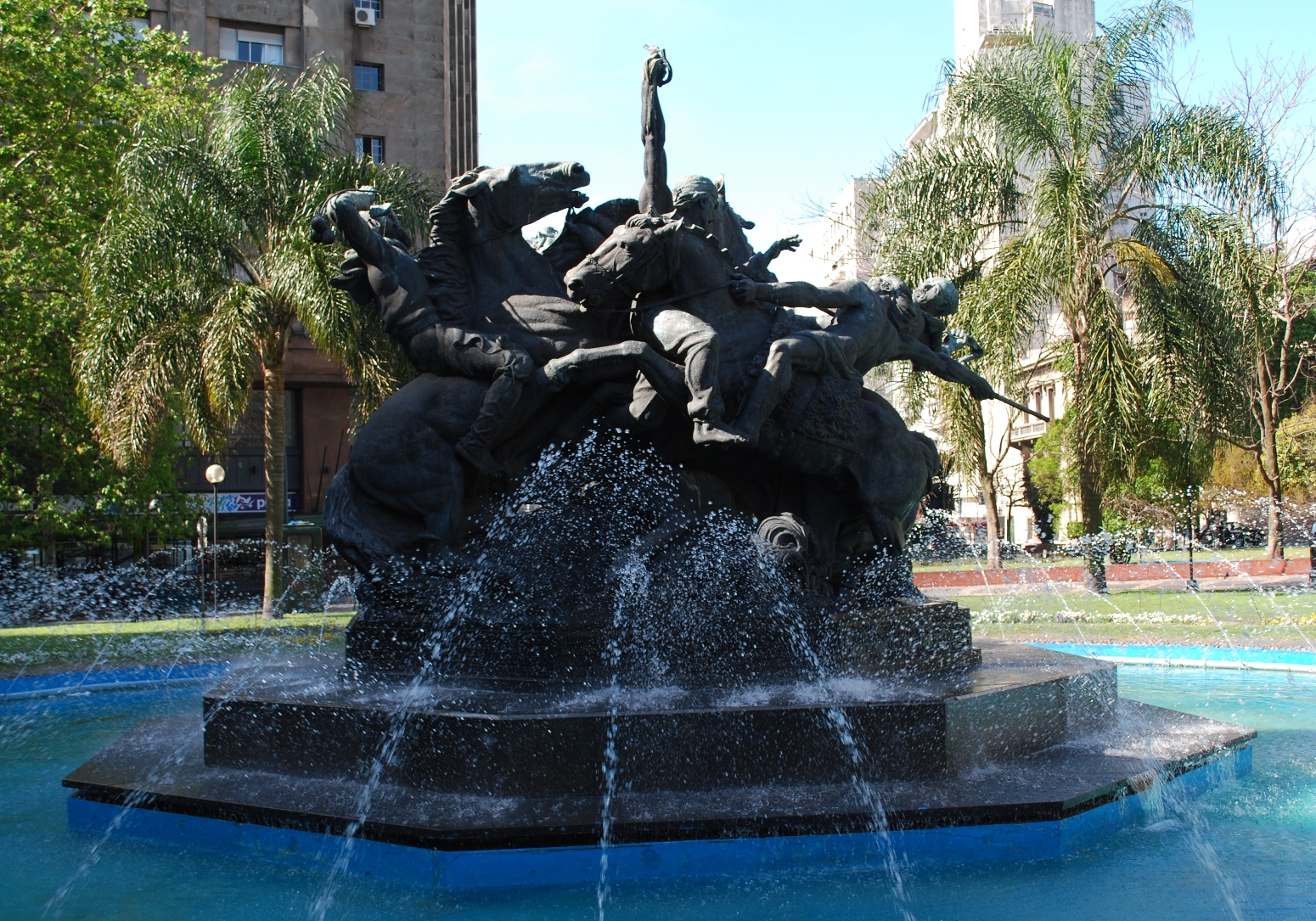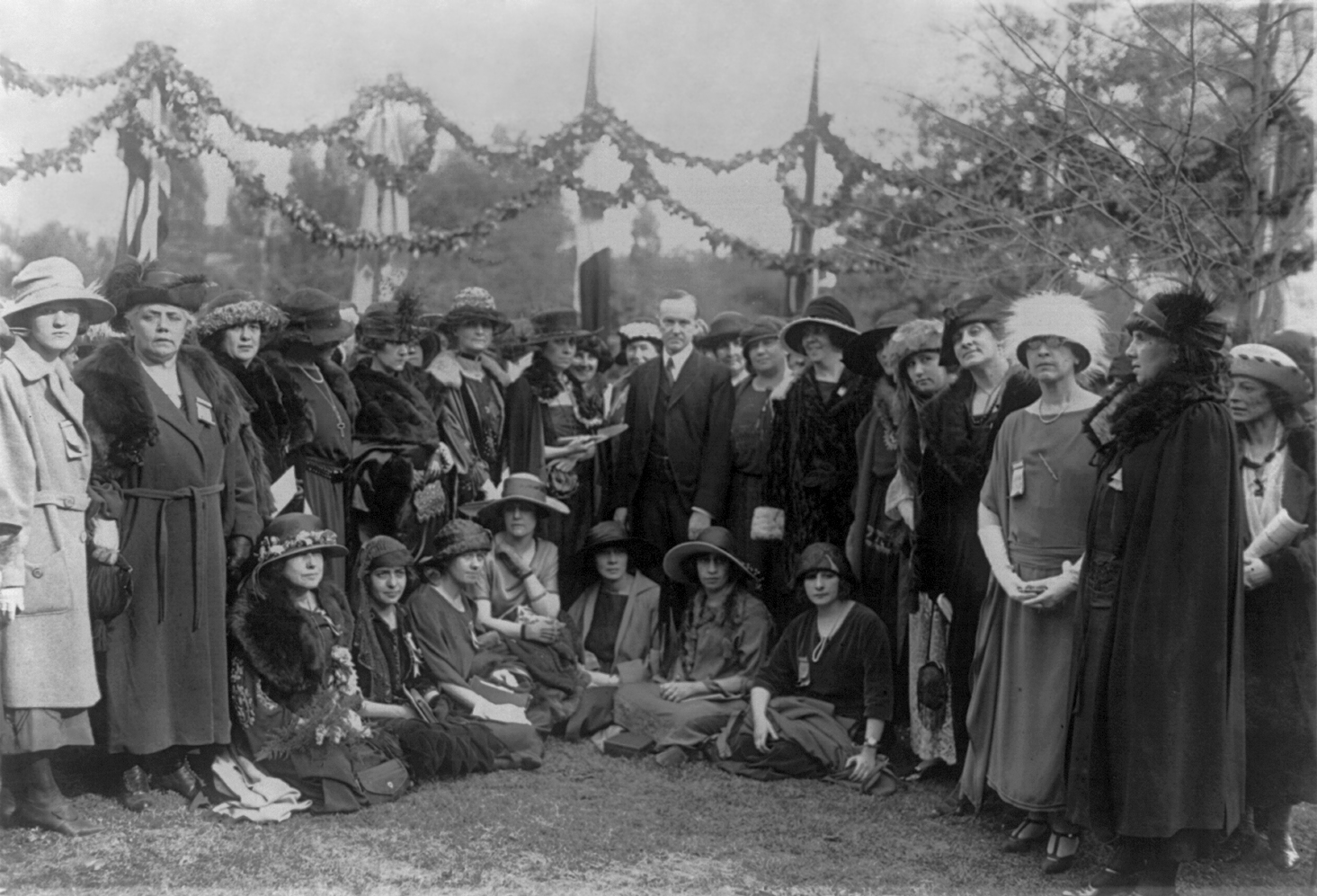|
Women In Uruguay
Women in Uruguay are women who were born in, who live in, and are from Uruguay. According to ''Countries and Their Cultures'', there is a "very high proportion" of Uruguayan women participating in the labor force of the South American country. The Uruguayan legislation maintains that the women of Uruguay have equal rights to power, authority, and privileges". In reality, however, women are still not occupying "higher economic, professional, political, social, and religious positions". In relation to the political arena, UN Women reported that a 2024 study made by the Inter-Parliamentary Union (IPU) ranked Uruguay as being "97th out of 203 countries in terms of representation of women in Parliament". Uruguay low ranking is partly due to its low political participation of women: only 16% of members of Parliament are women as of 2014. Notable women One prominent Uruguayan woman is Paulina Luisi. Luisi was a leader of the feminist movement in the country of Uruguay. In 1909, s ... [...More Info...] [...Related Items...] OR: [Wikipedia] [Google] [Baidu] |
General Assembly Of Uruguay
The General Assembly of Uruguay () is the bicameral legislature of the government of Uruguay, and consists of two chambers: the Chamber of Senators and the Chamber of Representatives. General Assembly has 130 voting members: 99 representatives and 30 senators, the Vice President of the Republic, who serves as President of the General Assembly, and the Senate has the right to vote. The legislature meets in the Legislative Palace in Montevideo. Both senators and representatives are chosen through proportional representation for five-year terms. The General Assembly holds its sessions in the Chamber of Representatives of the Legislative Palace. During the 19th century, the legislature met in the Montevideo Cabildo. History In 1828, on the initiative of Juan Antonio Lavalleja, delegates were elected to what was to be the Parliament of the Eastern Province of Río de la Plata. As a consequence of the Treaty of Montevideo, such institution became the General Constituent and L ... [...More Info...] [...Related Items...] OR: [Wikipedia] [Google] [Baidu] |
Uruguayan Women
Women in Uruguay are women who were born in, who live in, and are from Uruguay. According to ''Countries and Their Cultures'', there is a "very high proportion" of Uruguayan women participating in the labor force of the South American country. The Uruguayan legislation maintains that the women of Uruguay have equal rights to power, authority, and privileges". In reality, however, women are still not occupying "higher economic, professional, political, social, and religious positions". In relation to the political arena, UN Women reported that a 2024 study made by the Inter-Parliamentary Union (IPU) ranked Uruguay as being "97th out of 203 countries in terms of representation of women in Parliament". Uruguay low ranking is partly due to its low political participation of women: only 16% of members of Parliament are women as of 2014. Notable women One prominent Uruguayan woman is Paulina Luisi. Luisi was a leader of the feminist movement in the country of Uruguay. In 1909, she b ... [...More Info...] [...Related Items...] OR: [Wikipedia] [Google] [Baidu] |
Women In Uruguay
Women in Uruguay are women who were born in, who live in, and are from Uruguay. According to ''Countries and Their Cultures'', there is a "very high proportion" of Uruguayan women participating in the labor force of the South American country. The Uruguayan legislation maintains that the women of Uruguay have equal rights to power, authority, and privileges". In reality, however, women are still not occupying "higher economic, professional, political, social, and religious positions". In relation to the political arena, UN Women reported that a 2024 study made by the Inter-Parliamentary Union (IPU) ranked Uruguay as being "97th out of 203 countries in terms of representation of women in Parliament". Uruguay low ranking is partly due to its low political participation of women: only 16% of members of Parliament are women as of 2014. Notable women One prominent Uruguayan woman is Paulina Luisi. Luisi was a leader of the feminist movement in the country of Uruguay. In 1909, s ... [...More Info...] [...Related Items...] OR: [Wikipedia] [Google] [Baidu] |
Human Trafficking In Uruguay
Uruguay ratified the 2000 UN TIP Protocol in March 2005. In 2008 Uruguay was a source and transit country for men, women, and children trafficked for purposes of commercial sexual exploitation and forced labor. Most victims were women, girls, and some boys trafficked within the country to border and tourist areas for sexual exploitation. A government agency found that families had facilitated the exploitation of many children in prostitution. Impoverished parents reportedly turned over their children for domestic and agricultural servitude in rural areas. Some Uruguayan women were trafficked to Spain and Italy for sexual exploitation."Uruguay"''Trafficking in Persons Report 2008'' U.S. Department of State (June 4, 2008). ''This article incorporates text from this source, which is in the public domain.'' U.S. State Department's Office to Monitor and Combat Trafficking in Persons placed the country in "Tier 2" in 2017 and 2023. In 2023, the Organised Crime Index noted that cou ... [...More Info...] [...Related Items...] OR: [Wikipedia] [Google] [Baidu] |
Culture Of Uruguay
The culture of Uruguay is diverse since the nation's population is one of multicultural origins. Modern Uruguayan culture and lifestyle are heavily influenced by European traditions, due to the contributions of large numbers of Immigration to Uruguay, immigrants who arrived in the country from the 19th century onwards, especially from Italy and Spain. From the year 1858 to 1950 large waves of European immigrants began arriving to Uruguay, with the majority of the immigrants coming from Italy. Minor European immigrant groups – French people, French, Germans, Swiss people, Swiss, Russians, Jews, and Armenians, among others – also migrated to Uruguay. Uruguay has century-old remains and fortresses of the colonial era. Its cities have a rich architectural heritage, and a number of writers, artists, and musicians. Carnaval and candombe are the most important examples of African influence by slaves, as well as Umbanda religious beliefs and practices. Guarani people, Guarani trad ... [...More Info...] [...Related Items...] OR: [Wikipedia] [Google] [Baidu] |
Beatriz Argimón
Beatriz Argimón Cedeira (born 14 August 1961) is a Uruguayan politician and notary of the National Party who served as the 18th vice president of Uruguay from 2020 to 2025, being the first woman to be elected in that position. After graduating from the University of the Republic in 1989 with a degree in notarization, she also studied human rights, family law, and juvenile law. She served as a National Representative for the Montevideo Department between 2000 and 2010, and has been a member of the National Party Board since 2009. She is also a member of the Executive Committee of the Inter-Parliamentary Union since November 2020. She is an activist for women's rights, and was one of the founders of the "Network of Political Women" and of the "Bicameral Female Caucus" of the General Assembly. Early life and education Beatriz Argimón Cedeira was born in Montevideo on 14 August 1961 to Juan Carlos Argimón, a civil servant for the Herrerism political faction of the Nationa ... [...More Info...] [...Related Items...] OR: [Wikipedia] [Google] [Baidu] |
Crimes Of Passion
A crime of passion (), in popular usage, refers to a violent crime, especially homicide, in which the perpetrator commits the act against someone because of sudden strong impulse such as anger or jealousy rather than as a premeditated crime. A high level of social and legal acceptance of crimes of passion has been historically associated with France from the 19th century to the 1970s, and until recently with Latin America. Description The "crime of passion" defense challenges the ''mens rea'' element by suggesting that there was no malice aforethought, and instead the crime was committed in the "heat of passion". In some jurisdictions, a successful "crime of passion" defense may result in a conviction for manslaughter or second degree murder instead of first degree murder, because a defendant cannot ordinarily be convicted of first degree murder unless the crime was premeditated. A classic example of a crime of passion involves a spouse who, upon finding their partner in bed w ... [...More Info...] [...Related Items...] OR: [Wikipedia] [Google] [Baidu] |
Pan-American Conference Of Women
Pan-American Conference of Women occurred in Baltimore, Maryland in 1922. It was held in connection with the third annual convention of the League of Women Voters, National League of Women Voters in Baltimore on April 20 to 29, 1922. Cooperating with the League in bringing the Pan American Women's conference to the United States were the US Secretary of State, Charles Evans Hughes, the US Secretary of Commerce, Herbert Hoover, and Dr. Leo Stanton Rowe, Director General of the Pan American Union (PAU). The conference was meant to strengthen and carry a step forward the initiative undertaken at the Second Pan American Scientific Congress, when a woman's auxiliary committee was formed to develop closer cooperation between the women of the American continent. The countries who accepted the invitation to be present at the Conference and who sent delegates, were: Argentine, Bolivia, Brazil, Canada, Chile, Cuba, Costa Rica, Dominican Republic, Ecuador, Guatemala, Haiti, Honduras, Mexico, ... [...More Info...] [...Related Items...] OR: [Wikipedia] [Google] [Baidu] |
Women's Rights
Women's rights are the rights and Entitlement (fair division), entitlements claimed for women and girls worldwide. They formed the basis for the women's rights movement in the 19th century and the feminist movements during the 20th and 21st centuries. In some countries, these rights are institutionalized or supported by law, local custom, and behavior, whereas in others, they are ignored and suppressed. They differ from broader notions of human rights through claims of an inherent historical and traditional bias against the exercise of rights by women and girls, in favor of men and boys.Hosken, Fran P., 'Towards a Definition of Women's Rights' in ''Human Rights Quarterly'', Vol. 3, No. 2. (May 1981), pp. 1–10. Issues commonly associated with notions of women's rights include the right to bodily integrity and autonomy, to be free from sexual violence, to Women's suffrage, vote, to hold public office, to enter into legal contracts, to have equal rights in family law, Right to ... [...More Info...] [...Related Items...] OR: [Wikipedia] [Google] [Baidu] |
Europe
Europe is a continent located entirely in the Northern Hemisphere and mostly in the Eastern Hemisphere. It is bordered by the Arctic Ocean to the north, the Atlantic Ocean to the west, the Mediterranean Sea to the south, and Asia to the east. Europe shares the landmass of Eurasia with Asia, and of Afro-Eurasia with both Africa and Asia. Europe is commonly considered to be Boundaries between the continents#Asia and Europe, separated from Asia by the Drainage divide, watershed of the Ural Mountains, the Ural (river), Ural River, the Caspian Sea, the Greater Caucasus, the Black Sea, and the waterway of the Bosporus, Bosporus Strait. "Europe" (pp. 68–69); "Asia" (pp. 90–91): "A commonly accepted division between Asia and Europe ... is formed by the Ural Mountains, Ural River, Caspian Sea, Caucasus Mountains, and the Black Sea with its outlets, the Bosporus and Dardanelles." Europe covers approx. , or 2% of Earth#Surface, Earth's surface (6.8% of Earth's land area), making it ... [...More Info...] [...Related Items...] OR: [Wikipedia] [Google] [Baidu] |





